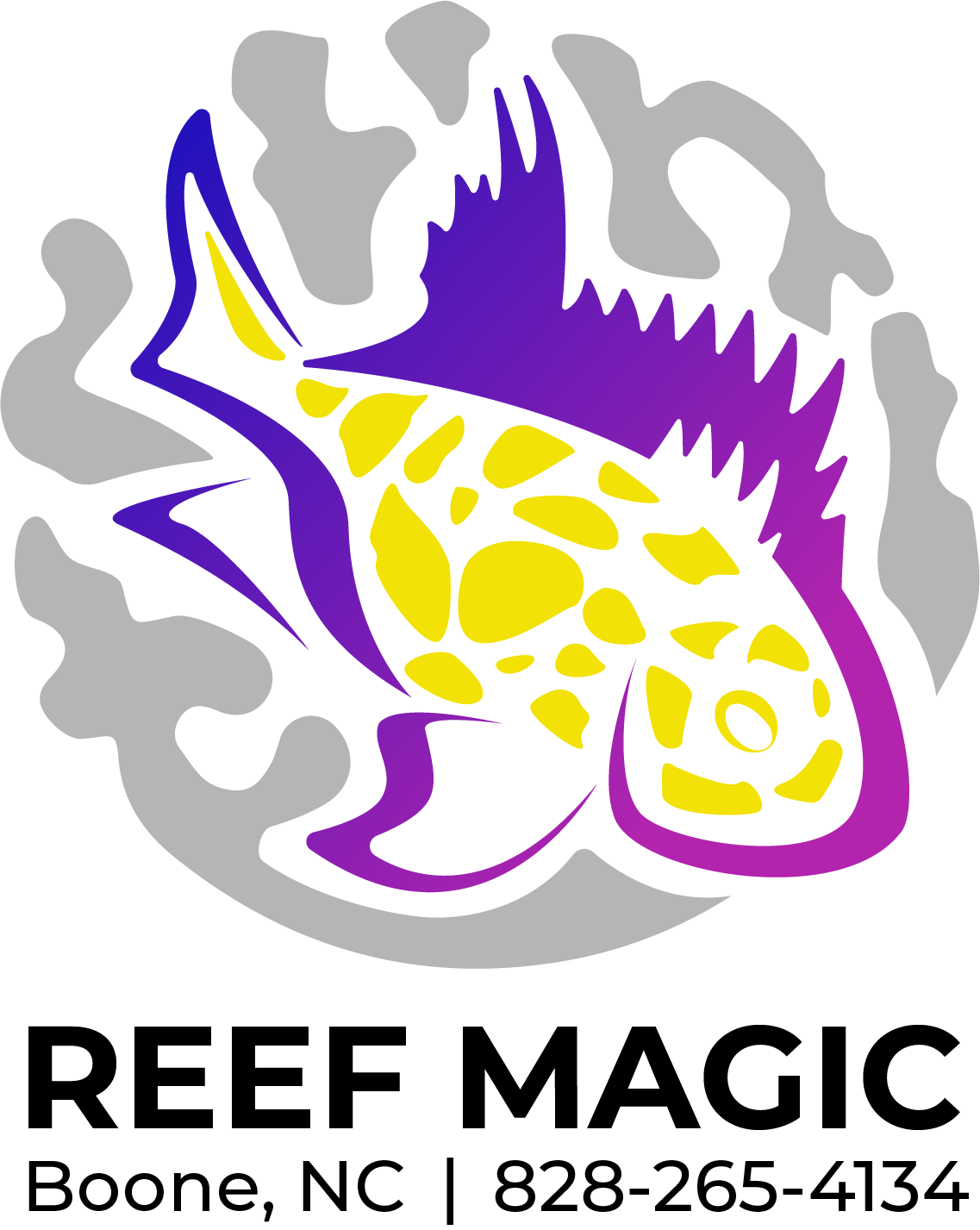 Image 1 of 1
Image 1 of 1


Pea Puffer
Pea puffers, also known as dwarf puffers (Carinotetraodon travancoricus), are small, freshwater pufferfish that are popular in the aquarium hobby. Despite their small size, they require specific care to thrive. Here's a care guide for pea puffers:
Tank Setup:
Tank Size:
A minimum tank size of 10 gallons is recommended for a small group of pea puffers. However, a larger tank allows for a more stable environment.
Water Parameters:
Temperature: 74-78°F (23-26°C).
pH: 7.0-7.6.
Water hardness: 5-20 dGH.
Filtration:
Use a gentle filter to maintain water quality. Pea puffers are sensitive to high nitrate levels.
Substrate and Decor:
Fine-gravel substrate is preferred as pea puffers like to forage on the substrate.
Provide hiding spots with decorations, plants, and caves. Live plants can also be added.
Tank Mates:
Compatibility:
Pea puffers are known to be territorial and can be aggressive towards their own kind.
It's generally best to keep pea puffers in a species-only tank or with other peaceful, non-aggressive species that won't outcompete them for food.
Feeding:
Diet:
Pea puffers have beak-like teeth for crunching snail shells. Their diet should include a variety of foods, such as live or frozen snails (pest snails are a good option), bloodworms, brine shrimp, and high-quality pellets.
Offering a mix of foods helps meet their nutritional needs.
Feeding Frequency:
Feed small amounts multiple times a day. This mimics their natural feeding behavior and helps prevent overfeeding.
Health Care:
Disease Prevention:
Quarantine new fish or plants before introducing them to the main tank to prevent the spread of diseases.
Regular water changes are crucial to maintain water quality.
Observation:
Monitor their behavior regularly. Any signs of lethargy, bloating, or abnormal behavior may indicate health issues.
Handling Aggression:
Tank Arrangement:
Provide plenty of hiding spots and territories to reduce aggression.
Use decorations and plants to break up the line of sight in the tank.
Tank Size:
A larger tank can help distribute aggression among pea puffers. However, it's important not to overstock.
Breeding:
Breeding Behavior:
Pea puffers are challenging to breed in captivity.
Breeding requires specific conditions, including soft, slightly acidic water and proper nesting sites.
Conclusion:
Pea puffers are fascinating and intelligent aquarium inhabitants, but they do require careful attention to their specific needs. Providing suitable tank conditions, a varied diet, and monitoring their behavior will contribute to the overall well-being of pea puffers in captivity. Always be prepared to adjust their environment based on their individual behavior and needs.
Pea puffers, also known as dwarf puffers (Carinotetraodon travancoricus), are small, freshwater pufferfish that are popular in the aquarium hobby. Despite their small size, they require specific care to thrive. Here's a care guide for pea puffers:
Tank Setup:
Tank Size:
A minimum tank size of 10 gallons is recommended for a small group of pea puffers. However, a larger tank allows for a more stable environment.
Water Parameters:
Temperature: 74-78°F (23-26°C).
pH: 7.0-7.6.
Water hardness: 5-20 dGH.
Filtration:
Use a gentle filter to maintain water quality. Pea puffers are sensitive to high nitrate levels.
Substrate and Decor:
Fine-gravel substrate is preferred as pea puffers like to forage on the substrate.
Provide hiding spots with decorations, plants, and caves. Live plants can also be added.
Tank Mates:
Compatibility:
Pea puffers are known to be territorial and can be aggressive towards their own kind.
It's generally best to keep pea puffers in a species-only tank or with other peaceful, non-aggressive species that won't outcompete them for food.
Feeding:
Diet:
Pea puffers have beak-like teeth for crunching snail shells. Their diet should include a variety of foods, such as live or frozen snails (pest snails are a good option), bloodworms, brine shrimp, and high-quality pellets.
Offering a mix of foods helps meet their nutritional needs.
Feeding Frequency:
Feed small amounts multiple times a day. This mimics their natural feeding behavior and helps prevent overfeeding.
Health Care:
Disease Prevention:
Quarantine new fish or plants before introducing them to the main tank to prevent the spread of diseases.
Regular water changes are crucial to maintain water quality.
Observation:
Monitor their behavior regularly. Any signs of lethargy, bloating, or abnormal behavior may indicate health issues.
Handling Aggression:
Tank Arrangement:
Provide plenty of hiding spots and territories to reduce aggression.
Use decorations and plants to break up the line of sight in the tank.
Tank Size:
A larger tank can help distribute aggression among pea puffers. However, it's important not to overstock.
Breeding:
Breeding Behavior:
Pea puffers are challenging to breed in captivity.
Breeding requires specific conditions, including soft, slightly acidic water and proper nesting sites.
Conclusion:
Pea puffers are fascinating and intelligent aquarium inhabitants, but they do require careful attention to their specific needs. Providing suitable tank conditions, a varied diet, and monitoring their behavior will contribute to the overall well-being of pea puffers in captivity. Always be prepared to adjust their environment based on their individual behavior and needs.

